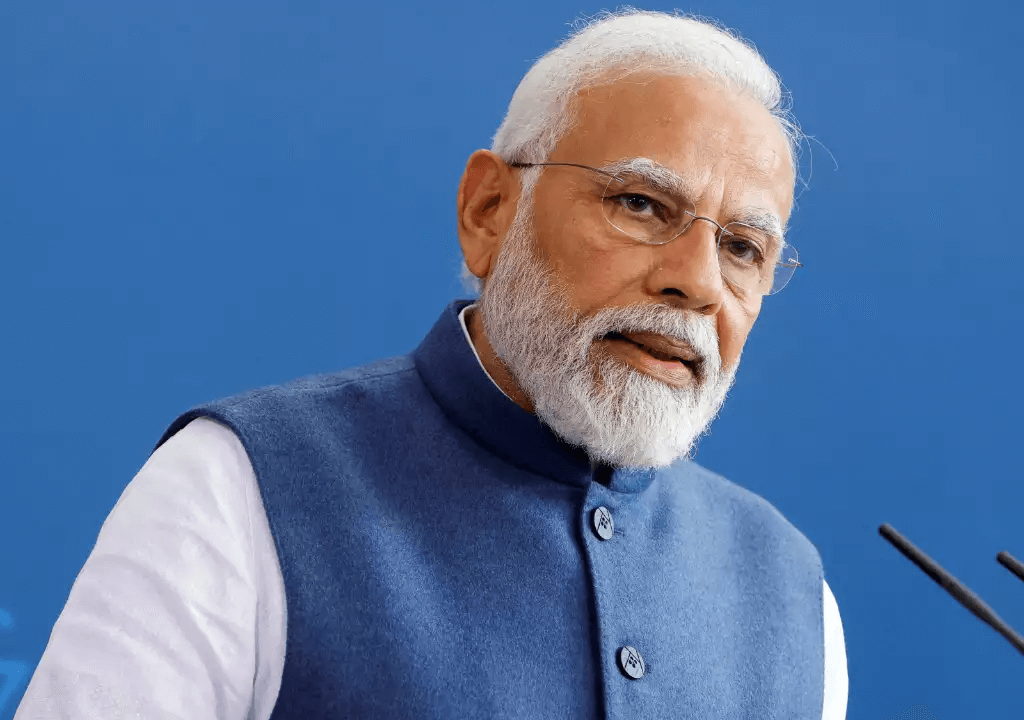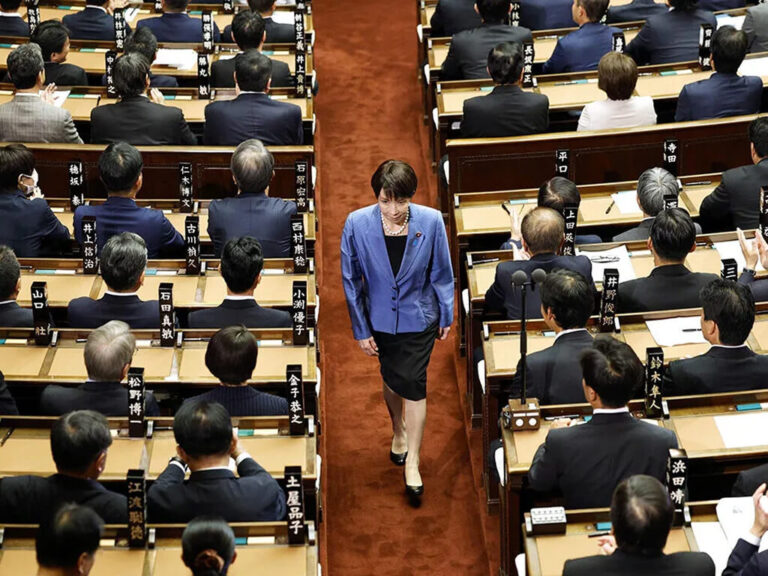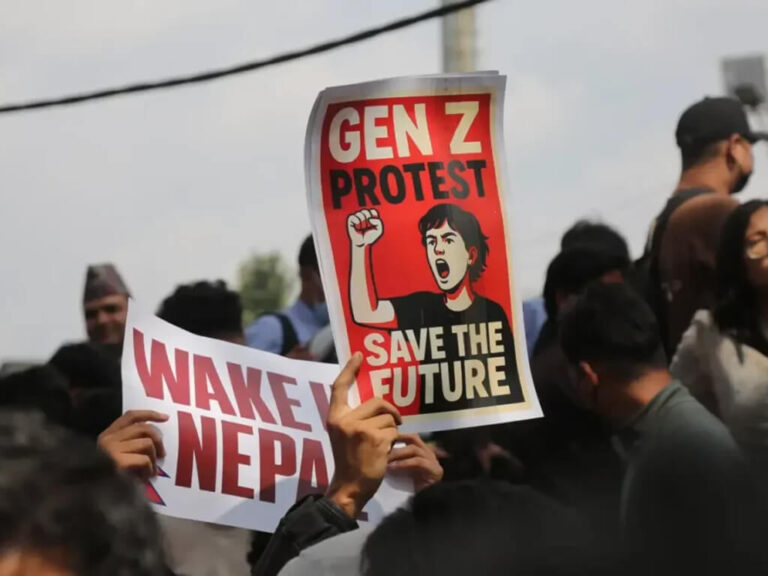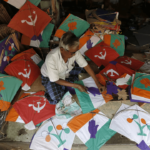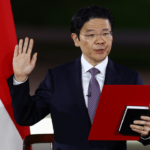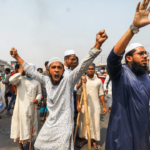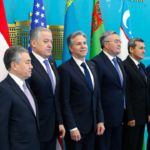Three influential religions assert control over specific territories, avoiding overlap and vying for dominance over the entire region, reminiscent of the situation in Jerusalem. However, this scenario unfolds in Kashmir, a breathtaking location fiercely contested by three nuclear powers. Situated at the intersection of the Islamic world, India, and China, Kashmir is divided among these three nations, with India, Pakistan, and China each holding authority over distinct parts.
Due to limited access to news from China and Pakistan, and a surplus of information from India, the international media tends to focus more on the Indian-administered Kashmir. Unfortunately, a majority of reports seem inclined to cover negative news against India. Nevertheless, despite obstacles like security threats from military forces and militant groups, the Indian-controlled area of Kashmir is actually undergoing a major transformation under the direction of the Modi government.
Following the annulment of autonomous status in the Indian-administered part of Kashmir in 2019 and the subsequent withdrawal of its statehood, the territory unequivocally came under the complete authority of the Indian union. This transformative era has initiated a multitude of large-scale projects encompassing roads, railways, tourism, and education.
Last week, Prime Minister Narendra Modi announced more projects for Kashmir during his visit to Kashmir. This visit carried significance as it marked Modi’s inaugural presence in Kashmir since the repeal of Article 370. This article had acted as a dividing line between the Indian government and Jammu and Kashmir, allowing for a distinct constitution primarily based on Islamic laws—an arrangement that faced notable resistance from the Hindu and Buddhist populations.
Media reports, showcasing discontent from religious and regional leaders and emphasizing internet bans and the control of separatist figures in the Islamist region, are contributing to obfuscating the true situation in the area. Kashmiri politicians voice dissatisfaction, pushing for the reinstatement of statehood and asserting control from Srinagar, the capital of Kashmir, rather than New Delhi. Multiple incidents of violence against Hindus in the Islam majority region have been documented, leading BJP leaders, including Modi, to abstain from visiting without a military presence.
While democracy exists in Kashmir, political power has long been concentrated within two family led parties – the Abdulla family’s National Conference (NC) and the Mufti family’s People’s Democratic Party (PDP). Governance under these two parties has faced considerable challenges, impacting essential services for the people. The rise of Islamic fundamentalism and increased hostility towards minorities has heightened tensions, creating a volatile environment. The presence of the Indian military in the region is met with formidable challenges from Islamist groups, leading to significant incidents such as bombings, mass killings, and population displacement.
Upon assuming office in 2014, Modi’s government confronted heightened tensions in the region. Islamist groups strongly oppose the Hindu nationalist leader as the Prime Minister of India, while Hindus, Buddhists, and Sikhs warmly embrace Modi. This division has contributed to an uptick in attacks against the military and increased communal distrust. The failure of local governments to address these issues has further intensified the volatile situation, resulting in a surge of violence in Kashmir.
In response to a series of incidents posing threats to the Indian Union while favoring China and Pakistan, the Indian government took decisive action on August 5, 2019. The rights granted to Jammu and Kashmir under the Indian constitution, initially established by the 1954 decree, were revoked through a two-thirds majority vote in both chambers of the Indian parliament. Subsequently, on August 6, a supplementary order nullified everything in Article 370 except clause 1. Following the enactment of the Jammu and Kashmir Reorganization Act, 2019, on October 31, 2019, the state underwent a transformation into the Union Territories of Jammu and Kashmir and Ladakh. This restructuring granted the Indian government complete administrative control over Kashmir.
Despite initial challenges, substantial financial investments from the rest of India into Kashmir have led to a noteworthy increase in job opportunities, and the region’s infrastructure has experienced significant development despite obstacles posed by terrorists and the challenging Himalayan terrain.
In spite of the numerous meetings held, project inaugurations for Kashmir took place between 2019 and the present. Modi frequently participated virtually from Delhi, as safety concerns prevented his physical presence in Srinagar. As a prominent figure opposed by Islamists in the Indian subcontinent, Modi was restricted from moving to Srinagar for security reasons. However, in the past week, under the transformed era of Kashmir, he addressed a crowd in Kashmir.
Dismissing allegations of repression, Modi asserted that Kashmir is now experiencing newfound freedom. In his address to the gathered crowds, he heralded the dawn of a new era marked by peace and development in the region, declaring it to be the long-awaited Jammu and Kashmir. Modi justified the revocation of Article 370, citing security concerns and the desire to align the region with the rest of India. His recent visit to Srinagar is viewed as a strategic move ahead of upcoming elections, as he vies for a third term in power. The BJP, aiming to bolster its political influence in the Himalayan region, particularly in the Srinagar seat it has never previously won.
However, reports from British and Pakistani media suggest that a majority of Kashmiris view these developments as encroachments on their rights and freedoms by the Hindu nationalist government. Following the revocation, concerns have arisen about new regulations permitting outsiders to buy land in the state, leading to apprehensions of dispossession among the local populace and potential alterations in the Muslim demography of the region. Preserving the Muslim demography is perceived by some as a plea for an independent country or alignment with Pakistan, which could gradually diminish the demand for a separate state in Kashmir.
In the past three years, the central government has invested over 1 lakh crore Indian rupees in Kashmir, aiming to reshape the mindset of the Islamic population towards the Indian union, as reported by Indian media. On Thursday in his latest visit to Kashmir As part of the “Viksit Bharat, Viksit Jammu Kashmir” initiative, Modi announced a number of development projects in Srinagar that together have a value exceeding Rs 6,400 crore. Pakistan and Indian Muslim leaders, however, assert that the Indian government is using infrastructure projects to divert attention from the real issues in Kashmir and accuse it of attempting to erase the Muslim identity of the region. Despite these allegations, tangible changes are evident, including the development of significant infrastructure like bridges, buildings, railways, airports, and roads, creating a favorable environment for tourism. Jobs and investments from businesspeople are improving the lives of the people, fostering peace in the region.
Amidst these transformations, it is clear that China and Pakistan are closely monitoring the region, seeking to assert their influence. The Indian government remains steadfast in its commitment to reclaim control over territories held by Pakistan and China. However, achieving a peaceful resolution in the Kashmir case remains challenging, as Pakistan is likely to fuel extremism and separatism in the region, and China subtly encroaches towards Indian borders. The tranquility of the Indian-administered part of Kashmir depends on addressing these issues, and the government’s initiatives to provide jobs and infrastructure to foster a connection with the people will face scrutiny in the upcoming elections.

